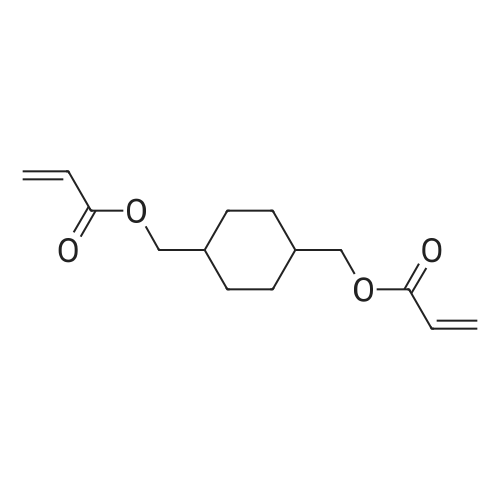One-Component Stilbene-Based Iodonium Photoinitiators with Increased Photoacid Quantum Yield for Cationic Vat 3D Printing
Petko, Filip
;
Jankowska, Magdalena
;
Galek, Mariusz
, et al.
Macromolecules,2024,57(24):11639-11657.
DOI:
10.1021/acs.macromol.4c01692
More
Abstract: New advanced iodonium salts based on stilbene chromophores with significantly improved photoinitiating properties are presented. The extended conjugated double bond system provides major improvement in quantum yield of superacid generation (up to 10 times higher compared to benzylidene-based iodonium salts) while maintaining absorption properties in UV-A and visible light. The newly developed iodonium salts exhibit photoinitiating activity toward cationically polymerizable monomers such as cyclic epoxy monomers (e.g., 3,4-epoxycyclohexylmethyl 3,4-epoxycyclohexane-carboxylate (CADE)), oxetanes(e.g., bis[1-ethyl(3-oxetanyl)]methyl ether (OXT-221)) and glycidyl ether monomers (e.g., diglycidyl ether of bisphenol A(DGEBA)) under the irradiation by light-emitting diodes (LEDs) emitting at 365, 405 and even 430 nm, with no additives. Commonly used diaryliodonium photoinitiators are inactive under those irradiation wavelengths. Moreover, some of the new iodonium salts are also able to photoinitiate free radical photopolymerization of the acrylate monomers, such as trimethylolpropanetriacrylate (TMPTA). Such high photoinitiating activity allows these salts to be used as one-component photoinitiators in cationic vat 3D printing of nanocomposites at ambient temperature. The resolution of the cationic prints was limited mainly by the DLP 3Dprinter and monomers, with slight signs of overpolymerization
Purchased from AmBeed:
15625-89-5

Revealing the photoredox potential of azulene derivatives as panchromatic photoinitiators in various light-initiated polymerization processes
Katarzyna Starzak
;
Wiktoria Tomal
;
Anna Chachaj-Brekiesz
, et al.
Polym. Chem.,2024,15,2931-2948.
DOI:
10.1039/D4PY00275J
More
Abstract: Herein, the application of previously unknown azulene derivatives as effective panchromatic photosensitizers in the visible light range in the initiation of light-induced cationic and free-radical polymerization processes was investigated. The presented azulene derivatives showed a high photoreodox potential allowing the use of these compounds in two-component and three-component photoinitiating systems for various photopolymerization processes. In addition, within the scope of this manuscript, the effectiveness of using photoinitiating systems containing the proposed azulene derivatives in 3D printing to obtain three-dimensional polymer structures has been confirmed and for the first time proven in the literature.
Purchased from AmBeed:
15625-89-5

3D-VAT printing of nanocomposites by photopolymerisation processes using amino-meta-terphenyls as visible light-absorbing photoinitiators
Filip Petko
;
Emilia Hol
;
Magdalena Jankowska
, et al.
Virtual and Physical Prototyping,2023,18(1):e2244936.
DOI:
10.1080/17452759.2023.2244936
More
Abstract: In this article, the application of 10 new amino-m-terphenyls in 3D-VAT printing was described. New compounds have specially designed D-π-A structure, where the central phenyl ring with nitrile and amino groups is the acceptor and the modifiable amino group is donor. Such design eliminates problem with acid scavenging and guaranteed desire properties and photoactivity as well as it allows further development of such system for 3D-VAT printing. Efficient excitation with intramolecular charge transfer provides excellent absorption and electrochemical properties, which can be tuned by modification of the amino group. The design allows photoinitiation of free radical, hybrid and especially cationic polymerisation even at 455?nm with more than 70% of monomer conversion. Such properties allow to use the developed compounds as efficient visible light photoinitiators for 3D printing of nanocomposite materials. The terphenyls can efficiently cure resins containing CuO and Al2O3 nano additives leading to high-resolution 3D prints.
Purchased from AmBeed:
15625-89-5


 Chemistry
Chemistry
 Pharmaceutical Intermediates
Pharmaceutical Intermediates
 Inhibitors/Agonists
Inhibitors/Agonists
 Material Science
Material Science















 For Research Only
For Research Only
 120K+ Compounds
120K+ Compounds
 Competitive Price
Competitive Price
 1-2 Day Shipping
1-2 Day Shipping











